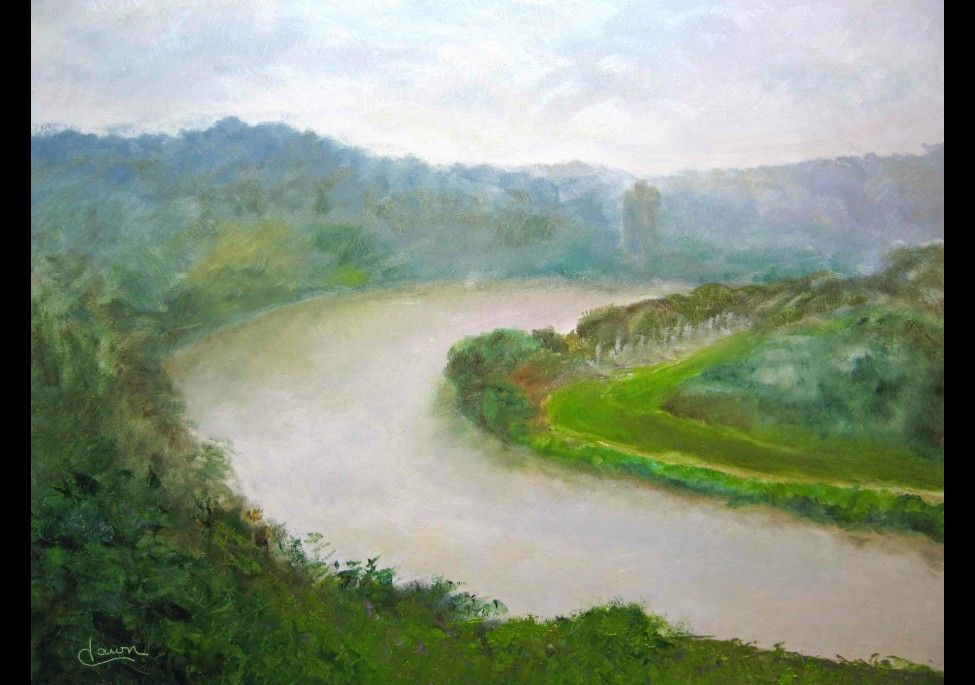
What) The Ohio River is the largest tributary, by volume, of the Mississippi River. At the confluence, the Ohio is even bigger than the Mississippi (Ohio at Cairo: 281,500 cfs (7,960 m3/s); Mississippi at Thebes: 208,200 cfs (5,897 m3/s) and, thus, is hydrologically the main stream of the whole river system, including the Allegheny River further upstream. It is approximately 981 miles (1,580 km) long and is located in the Eastern United States.
The Ohio River is a climatic transition area, as its water runs along the periphery of the humid subtropical and humid continental climate areas. It is inhabited by fauna and flora of both climates. In winter it regularly freezes over at Louisville, KY, Cincinnati, OH, and Pittsburgh, PA. Yet at Paducah, KY in the south, near the Ohio’s confluence with the Mississippi; it is ice free year round. And Paducah itself was founded where it is; precisely because it is the northern most reach of the Ohio, where boats can easily shelter, and where it is ice free year round. In his Notes on the State of Virginia published in 1781-82, Thomas Jefferson stated: "The Ohio is the most beautiful river on earth. Its current gentle, waters clear and bosom smooth and unbroken by rocks and rapids, a single instance only excepted." (1)
Why) Seeing
different rivers is the sort of thing that Pam has always
enjoyed doing. As we do more of these trips, I find that
I am starting to enjoy them more myself. 



